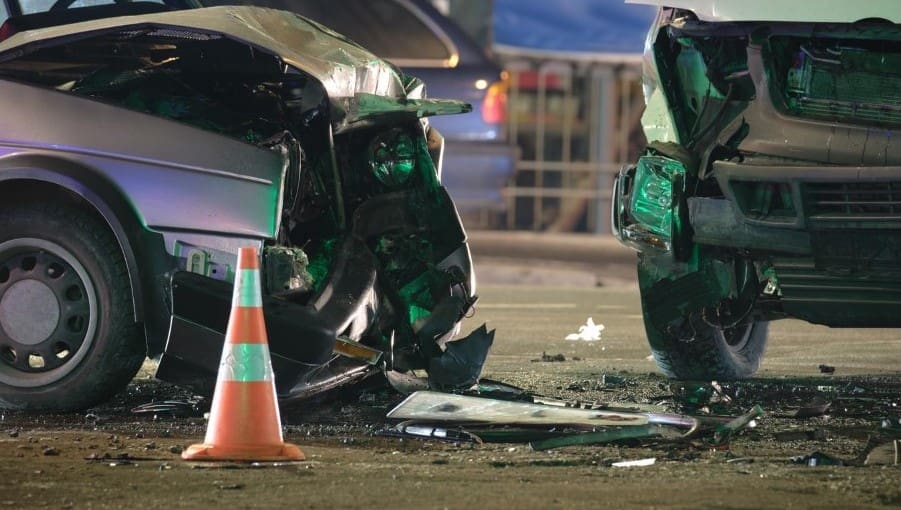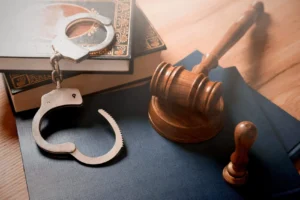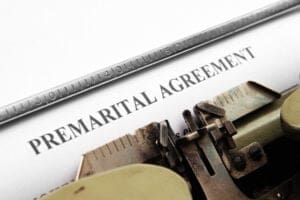Can Car Crash Evidence Be Used in Criminal Investigations in Kentucky?
Car crash evidence often plays a significant role in criminal investigations in Kentucky. When a vehicle collision results in possible criminal charges such as DUI or reckless driving, authorities collect various forms of proof like eyewitness testimony, camera recordings, and forensic data. This evidence can be crucial in establishing whether a driver’s actions meet the legal standard for criminal behavior.
Law enforcement agencies carefully examine details from the accident scene and related reports to determine if criminal liability exists. Blood alcohol tests, speed measurements, and disregard for traffic signals can all contribute to forming a case. The quality and amount of evidence gathered frequently impact the strength of criminal proceedings following a crash.
For individuals involved in a collision, understanding how evidence might be used in court is important. Those seeking compensation or defending against charges should be aware that thorough documentation and legal advice could influence the outcome of their situation, whether civil or criminal in nature. Learning more about car accidents and the potential legal process can provide a clearer perspective.
Role of Car Crash Evidence in Kentucky Criminal Investigations
Car collision proof plays a critical role in criminal inquiries in Kentucky, providing law enforcers with tangible facts to establish responsibility or identify violations. The following details the various elements collected, how official documentation is utilized, and the value of testimonials and scene analysis in building a case.
Types of Evidence Collected by Law Enforcement
Kentucky authorities gather a range of materials at crash sites to build a factual timeline. This includes physical items such as vehicle damage patterns, skid marks on roadways, debris distribution, and data from event recorders installed in automobiles.
Law enforcement agencies also take photographs and videos of the scene. These visuals assist in preserving the original conditions. Additionally, they gather environmental data like weather records and lighting conditions.
Such evidence becomes foundational in validating accounts and clarifying factors like speed, point of impact, and driver actions. This thorough collection is essential during investigations by Kentucky state police and local forces.
Use of Police Reports and Official Records
Official documentation, such as the traffic collision report created by Kentucky police, serves as a formal record of each motor vehicle incident. These papers outline details including locations, involved parties, statements, and preliminary findings.
Police reports often include measurements, diagrams, and summaries of damages observed on vehicles. They provide a legal reference that can be used throughout court proceedings and by prosecutors.
Other official records like event data recorder information can also be integrated into cases. These records give objective data points on speed, braking, and throttle usage just before a crash.
Importance of Witness Statements and Accident Reconstruction
Eyewitness accounts frequently help clarify what occurred during and prior to incidents. Kentucky law officers record these statements promptly, as memories may fade or become less reliable over time.
Crash scene analysis is conducted by specialists who interpret physical evidence to recreate the sequence of events. This process involves studying impact angles, skid distances, and motion trajectories.
Together, witness testimonies and reconstruction efforts add crucial layers of verification. They aid law enforcement agencies in building a coherent narrative that supports legal conclusions in Kentucky car accident inquiries.
Legal Considerations and Impact on Cases
Car crash evidence plays a crucial role in shaping both criminal and civil proceedings in Kentucky. It can establish facts related to driver behavior, fault, and injury causation, influencing outcomes in trials, insurance disputes, and compensation requests.
How Evidence Is Used in Criminal Trials
In criminal proceedings, tangible data from the crash scene such as skid marks, vehicle positions, and event data recordings helps clarify the sequence of events. This information supports the prosecution or defense in proving whether a driver violated traffic laws or acted recklessly.
For example, braking patterns and steering inputs from event data recorders can demonstrate if the driver attempted to avoid the collision or acted negligently. Law enforcement and attorneys rely on this factual record to argue charges like reckless driving or vehicular manslaughter. Proper preservation and presentation of this evidence is vital in maintaining its credibility during the trial.
Influence on Negligence and Driving Under the Influence Cases
Crash evidence heavily influences judgments related to driver responsibility, especially in cases involving impairment or careless operation. Sudden braking, erratic movement, or failure to respond can be inferred from forensic details and vehicle telemetry.
Courts evaluate such findings alongside witness accounts and medical reports to determine liability. Data indicating impairment or risky behavior directly impacts the legal interpretation of culpability in DUI-related incidents. This evidence is essential for securing convictions or causing settlements that reflect the severity of the conduct.
Implications for Civil Cases and Compensation Claims
In civil claims concerning injury recovery or property damage, crash evidence helps establish fault and quantifies the extent of damages. Physical damage analysis and telemetry data assist attorneys and insurance firms in assessing claims accurately.
Documentation like medical records paired with crash reconstruction supports injury causation arguments. This detailed proof often influences settlement offers and court awards, helping those affected obtain legitimate financial redress. Effective use of evidence thus expedites the claims process and improves the chances of fair compensation.


















